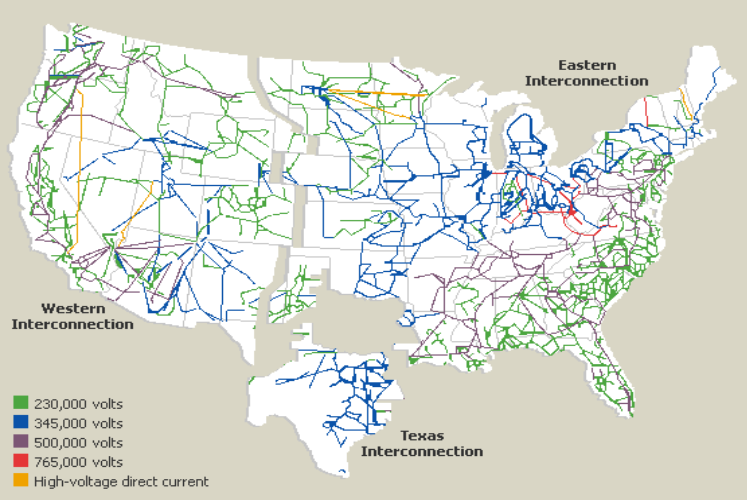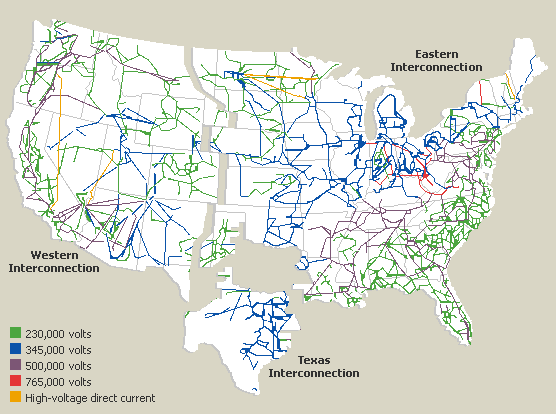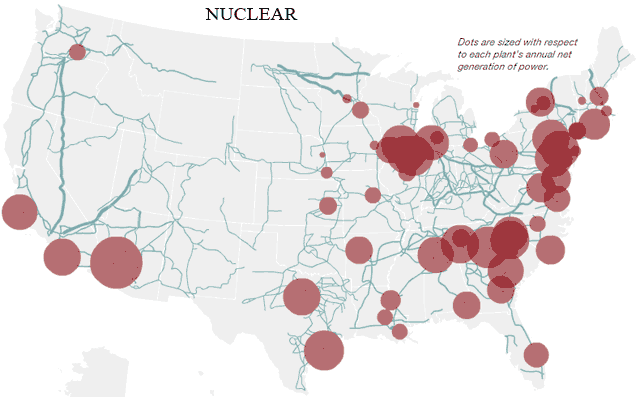
The New England electricity market is transitioning towards cleaner power generation sources.

It will enable the transmission of clean, renewable and reliable electricity from Newfoundland and Labrador to Nova Scotia and beyond.” More information is at the Maritime Link, the Labrador-Island Transmission Link, and the Muskrat Falls Generating Project websites. Footnote 2 Footnote Footnote 1Įmera states: “the Maritime Link Project is part of a larger strategy to address the growing demand for more renewable energy. Footnote 1 This initiative could potentially also serve New England electricity markets via several interconnections between New Brunswick and the U.S. The Maritime and Labrador Island Transmission Links are part of a larger initiative to provide renewable energy from Newfoundland and Labrador to new markets in Nova Scotia and New Brunswick. Prior to the completion of the Maritime and Labrador Island Transmission Links, the only export outlet for Newfoundland and Labrador’s surplus electricity was via Quebec, which is highly interconnected with the Ontario and U.S. Both the Maritime and Labrador Island Transmission Links will transmit electricity from Muskrat Falls, a large hydroelectricity generation source under construction in Labrador which is expected to come online in late 2019. Newfoundland and Labrador has vast renewable hydro generation resources. In addition, several major power line interconnections are marked on the map at the borders between Quebec and Ontario the borders between Quebec, New York, and Vermont and New Brunswick and Maine. Dark green line – existing infrastructure from Nova Scotia through New Brunswick to Maine.Purple line – the recently completed Maritime Transmission Link from Newfoundland to Nova Scotia.Dark green line – existing infrastructure between the Labrador Island Transmission Link and the Maritime Transmission Link.Yellow line – the recently completed Labrador Island Transmission Link from the Muskrat Falls generation site to Soldier’s Pond, Newfoundland.Light green line – the link between Churchill Falls and Muskrat Falls, Labrador.Red line – a power line from the Churchill Falls generation site in Labrador to Quebec.

total, and by sets of electric grid boundaries, including NERC regions and eGRID subregions.Description: This map shows cross border electricity transmission lines, relevant provincial links, and interconnections between Canada and the U.S.:


It also provides aggregated data by state, U.S. eGRID is typically used for greenhouse gas registries and inventories, carbon footprints, consumer information disclosure, emission inventories and standards, power market changes, and avoided emission estimate eGRID data are cited by many emission inventory and registry protocols, various emission calculation tools and applications, hundreds of academic papers, and consultants it is used for many research applications and efforts.ĮGRID annually updates its emission data and rates for each of its subregions. government.ĮGRID is valuable to users seeking air emission data about the electric power sector in the United States. electricity generating plants that provide power to the electric grid and report data to the U.S. eGRID is based on available data for all U.S. portions of grid regions, States, and Puerto Rico.ĮPA’s Emissions & Generation Resource Integrated Database (eGRID) is the preeminent source of air emission data for the U.S. grid regions’ emission data, EPA provides recent and historic air emissions, including carbon dioxide (CO 2), for U.S.


 0 kommentar(er)
0 kommentar(er)
